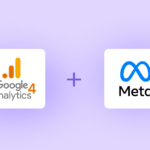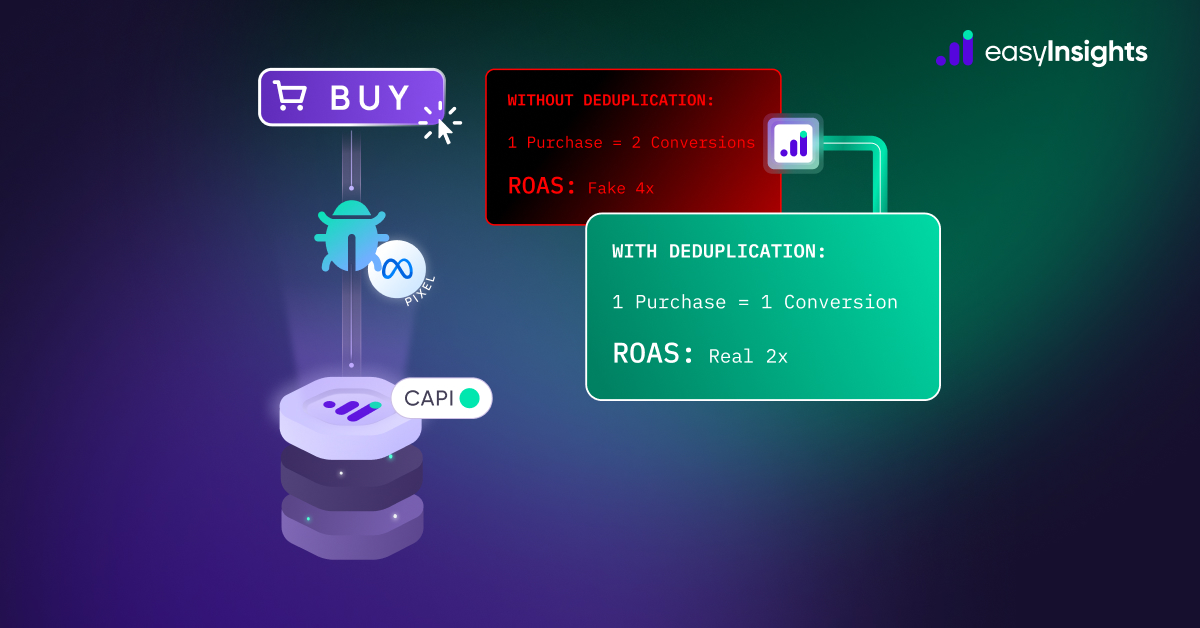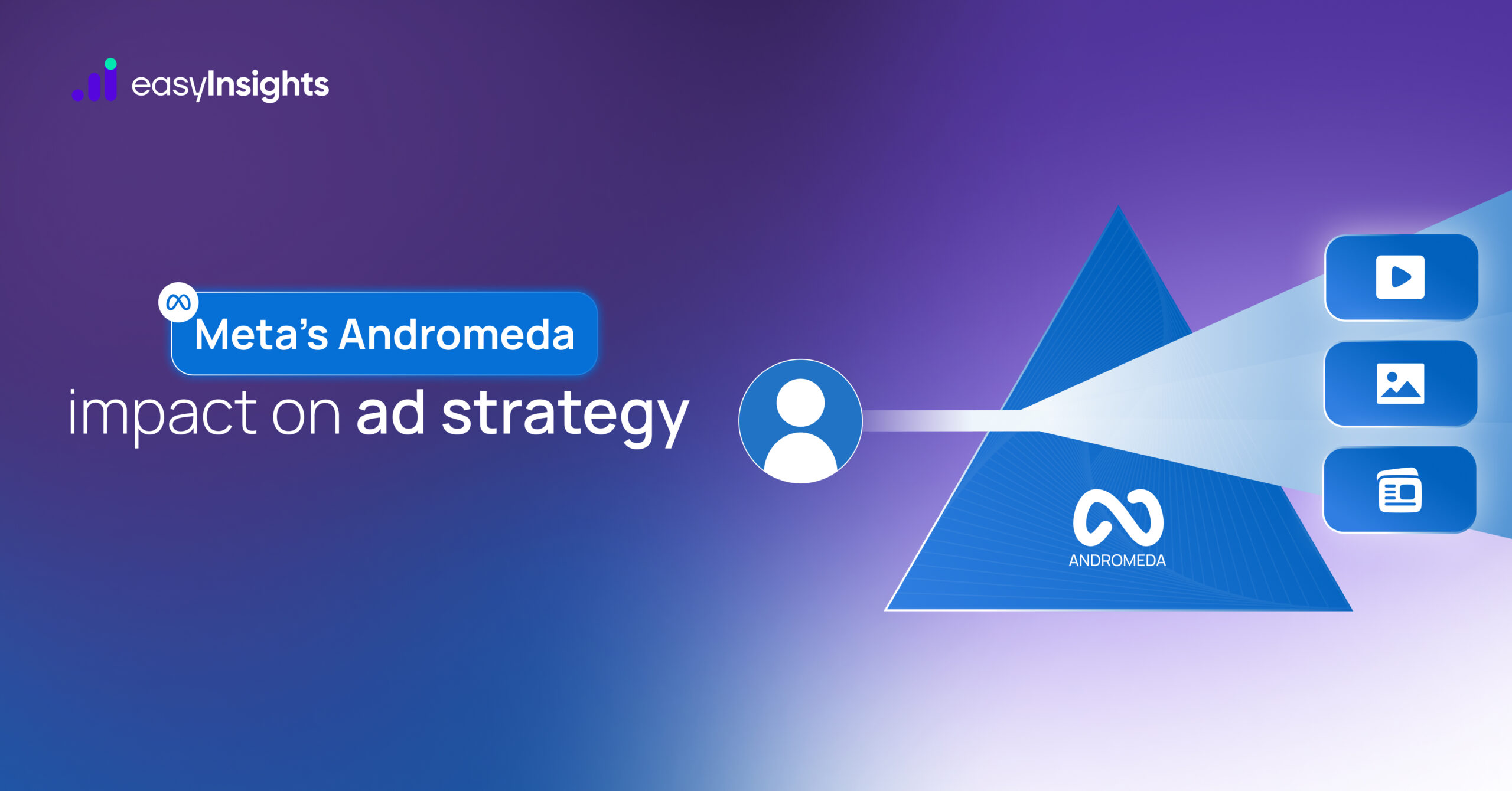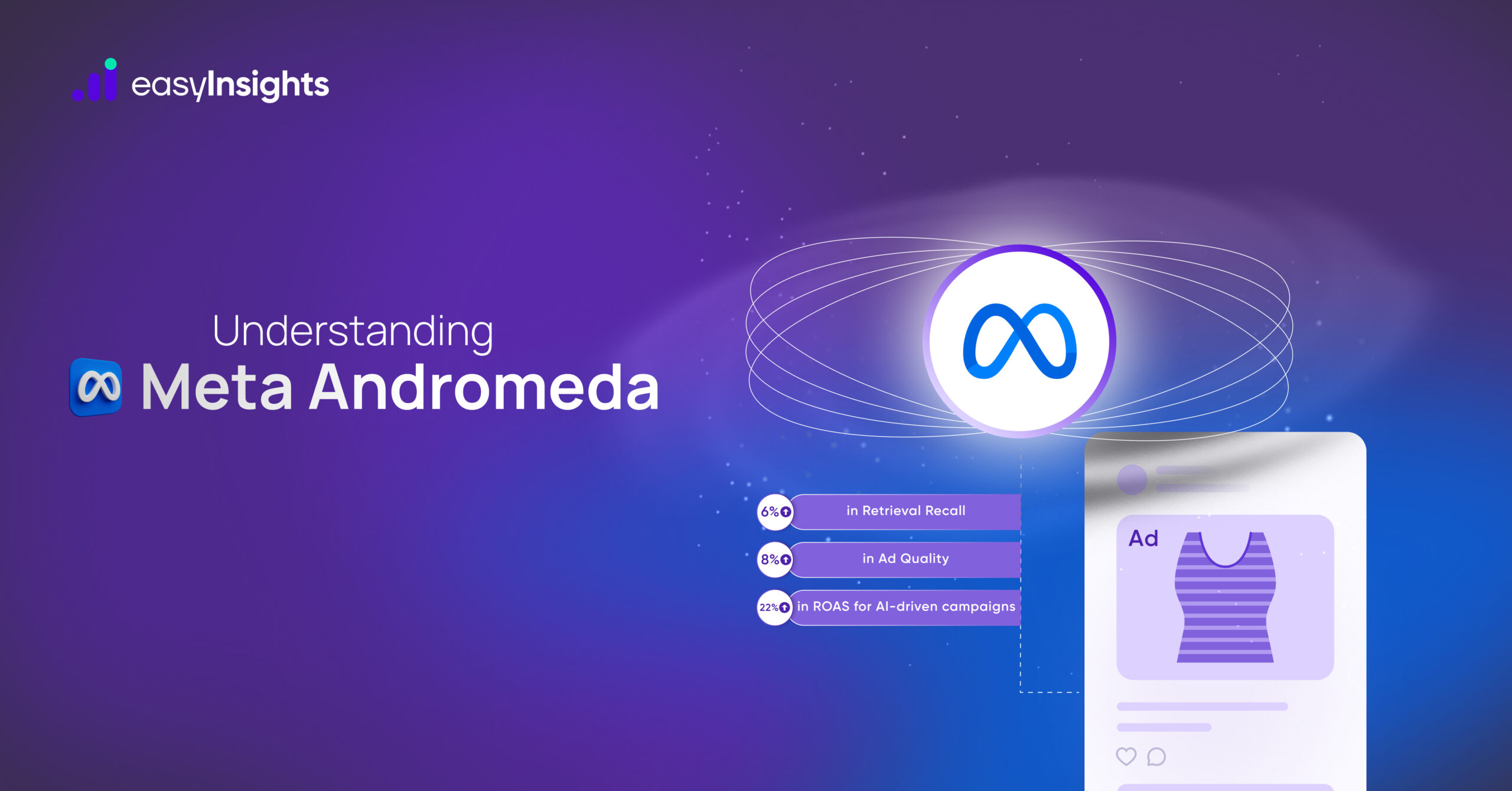
In a world where trends change in seconds, brands must act fast to stay in the spotlight. Moment marketing, also called moment-based marketing, is all about jumping on real-time events to grab attention and spark conversations.
By blending creativity with timing, businesses can spark viral engagement, but success lies in balancing spontaneity with strategic brand-building.
Jump ahead to:
What is Moment Marketing?
Ever noticed how some brands always seem to be part of the latest trend or conversation? Whether it’s a funny meme, a breaking news story, or a trending hashtag, they know how to stay in the conversation. That’s not by chance – it’s moment marketing at work.
A marketing strategy that leverages current events, trending topics, or viral moments to promote products or services. By using what’s already capturing people’s attention, such as hot topics, news, or current trends, businesses can create timely, relevant, and engaging content that resonates with their audience.
For small businesses, moment marketing can be a game-changer. Why?
- Cost-Effective: It relies more on creativity than a big budget, making it ideal for small businesses.
- High Engagement Potential: When done right, it can skyrocket brand awareness, drive engagement, and even lead to viral success. However, it’s a double-edged sword. Get it wrong, and your brand could end up in the spotlight for all the wrong reasons.
- Builds Authenticity: Small businesses can connect with their audience on a personal level by showing they’re in tune with current events.
However, it takes careful planning, creativity, and a good understanding of your audience to hit the right note.
Types of Moment Marketing:
Let’s explore the different types of moment marketing and how they can drive real impact.
1. Trend-Based Marketing:
- Using viral trends, memes, or challenges to create relatable content.
Example: A bakery is jumping on the #DalgonaCoffee trend by sharing a recipe and pairing it with their freshly baked cookies.
2. Event-Driven Marketing:
- Aligning with major events like sports, award shows, or festivals.
Example: A local gym is posting workout tips inspired by the Olympics, encouraging members to train like athletes.
3. Seasonal Marketing:
- Tapping into holidays or seasonal changes for timely campaigns.
Example: A clothing brand is promoting cozy winter wear with a “Stay Warm, Stay Stylish” campaign during the first snowfall.
4. Cultural Marketing:
- Leveraging cultural phenomena like movies, music, or social movements.
Example: A bookstore is creating a “Must-Read Books for Barbie Fans” list after the Barbie movie release.
5. Real-Time Engagement Marketing:
- Responding to live events or trends instantly on social media.
Example: A coffee shop is tweeting, “When the power goes out, but our coffee keeps you charged ,” during a local blackout.
6. Cause-Related Marketing:
- Supporting social causes or crises authentically to build trust.
Example: A skincare brand is donating a portion of sales to wildfire relief efforts and sharing stories of affected communities.
7. User-Generated Moments Marketing:
- Encouraging customers to share their experiences or create content around your brand.
Example: A travel agency is running a contest asking customers to share their favorite vacation photos with #WanderWithUs for a chance to win a trip.
Real life cases
1. Oreo’s : Dunk in the Dark
During the unexpected blackout at the 2013 Super Bowl, Oreo seized the moment with a quick tweet: “You can still dunk in the dark,” accompanied by an image of an Oreo cookie in dim lighting.
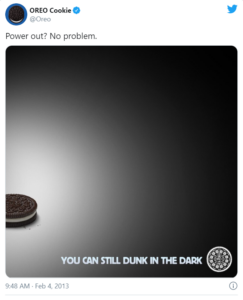
This instant reaction took social media by storm, showcasing Oreo’s sharp wit and innovative flair in seizing a live event, solidifying its image as a master of clever, real-time marketing.
Just one day after being posted, Oreo’s tweet amassed around 15,000 retweets, while the Facebook post received approximately 20,000 likes.
Twitter followers grew by 8,000, and its Instagram followers skyrocketed from 2,000 to 36,000.
2. Uber’s: Thank you for not riding.
During the Covid-19 lockdown, Uber took a heartfelt approach by thanking users for not booking rides. Their ad showed empty streets and people staying home, focusing on health and safety.
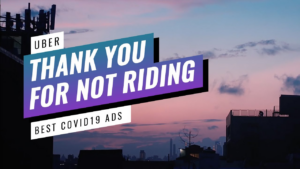
This was a great example of cause-related marketing. By supporting the global effort to fight the pandemic, Uber showed care and responsibility, building trust with customers while putting people’s well-being above profits.
3. KitKat’s: Have a Break
In 2012, Red Bull teamed up with Felix Baumgartner for a record-breaking stratosphere skydive, but weather delays kept the world waiting. Seizing the moment, KitKat posted on Facebook: “It could be a long wait Felix…have a break, have a KitKat.” The humorous post went viral.

Building on the buzz, KitKat sent a chocolate bar into space within 24 hours, capturing the stunt on a GoPro. The video, shared with the hashtag #BreakFromGravity, racked up 6.5 million Facebook views and 10 million Twitter impressions. Red Bull even tweeted, “KitKat, thanks for the support!”
This campaign sparked a series of creative moments for KitKat, showcasing how timely, playful marketing can boost brand awareness and engagement.
Additional Read
Key Elements of a Successful Moment Marketing Campaign
Moment marketing thrives on timing, creativity, and relevance. Here are the essential elements to get it right, along with potential pitfalls to avoid:
1. Timing is Everything
- The essence of moment marketing lies in capitalizing on the “now.” Whether it’s a viral trend, breaking news, or a cultural moment, acting quickly is key.
- However, speed can sometimes lead to rushed decisions. Brands must balance acting fast with ensuring accuracy and appropriateness—jumping on a trend without proper context can backfire.
2. Relevance to the Brand
- Not every trend fits every brand. The moment should align with your brand’s identity, values, and audience. Forced connections feel inauthentic and can alienate customers.
- For example, a tech brand commenting on a sports event might feel out of place unless it finds a clever angle.
3. Creativity and Innovation
- Standing out in a crowded digital space requires fresh ideas. Whether it’s a witty tweet, a clever visual, or an interactive campaign, creativity drives engagement.
- However, overdoing it can dilute your message. Sometimes, simplicity works better than over-the-top stunts.
4. Engagement Over Promotion
- Moment marketing isn’t just about selling—it’s about connecting. Focus on adding value to the conversation rather than pushing your product.
- Audiences engage with content that feels genuine, not transactional. A salesy tone can quickly turn people off.
5. Risk Management
- Not all moments are worth leveraging. Sensitive topics, tragedies, or controversial events can easily backfire if handled poorly.
- Brands must tread carefully and ask, “Could this be misinterpreted or offend anyone?” Maintaining the right tone is crucial to avoid backlash.
Moment Marketing vs Traditional Marketing: A Hybrid Approach
Moment marketing is fast and reactive, leveraging trends for instant visibility. A witty tweet or viral meme can propel a brand into the spotlight, but missteps can lead to backlash.
Traditional marketing is steady and strategic, focusing on long-term brand trust through storytelling, evergreen content, and planned campaigns. It lacks moment marketing’s instant buzz but ensures sustained relevance.
Marketing today isn’t about choosing between moment marketing and traditional marketing, it’s about using both strategically.
The power lies in the blend—traditional marketing builds credibility, while moment marketing keeps your brand dynamic and engaging
The key is knowing when and how to combine the two for maximum impact.
Creating a Hybrid Strategy: The Best of Both Worlds
Balancing moment and traditional marketing requires a structured yet flexible approach:
1. Build a Strong Brand Foundation
- Establish a consistent identity before diving into trends.
- Define brand voice and values
- Build trust through storytelling and quality content
- Create evergreen assets (blogs, videos, guides)
2. Infuse Moment Marketing for Instant Engagement
- Keep your content fresh and relevant with real-time trends.
- Monitor trends via Google Trends, Twitter/X.
- React quickly but stay brand-aligned
- Use humor, nostalgia, and cultural moments for shareable content
3. Blend Both with Thematic Campaigns
- Integrate moment marketing into structured campaigns.
- Plan seasonal marketing with room for trend-driven content
- Leverage user-generated content (UGC) and hashtags
- Maintain a 70 percent planned, 30 percent reactive content mix
Brands that made a perfect blend include,
- Nike: While Nike’s “Just Do It” campaign is a classic example of traditional marketing,the brand also reacts swiftly to cultural moments, supporting athletes, responding to controversies, and using real-time sports events to create compelling content.
- Zomato: Their always-on branding campaigns ensure visibility, but their quick, witty tweets reacting to pop culture moments make them a fan favorite.
- Apple: Their well-planned product launches (traditional marketing) dominate tech discussions, but their subtle, clever reactions to competitor launches add a moment marketing edge.
EasyInsights: Powering Precision in Moment Marketing
A great campaign is only as good as its audience targeting. No matter how creative or timely a brand’s marketing efforts are, they won’t deliver results if they don’t reach the right people.
EasyInsights.ai ensures brands achieve precision with advanced first-party data tracking. By capturing session-by-session data and creating custom events, EasyInsights helps brands understand user behavior in real time. This allows businesses to optimize their moment marketing and traditional campaigns for maximum impact.
- Audience Suppression:
With EasyInsights, you can suppress irrelevant audiences, such as recently active WhatsApp users or frequent branded search buyers, so campaigns focus only on high-potential customers. This precision targeting can reduce wasted ad spend by up to 35%.
- Improved Lookalike Audiences:
With EasyInsights, you can enhance lookalike audience modeling using first-party data, allowing ad platforms to find new customers who closely resemble your best-performing users. This results in smarter targeting, increased engagement, and higher conversions, ultimately improving ROAS and scaling growth effectively.
With EasyInsights, brands can move beyond guesswork, ensuring every campaign reaches the right audience at the right time.
Additional Read: EasyInsights for Seamless Server-to-Server Integration
Conclusion: Balance is Everything
Moment marketing keeps your brand dynamic and engaging, while traditional marketing builds trust and credibility. The most successful brands don’t choose one over the other, they integrate both, combining strategic planning with real-time agility. However, the key to making this blend truly work is precise audience targeting.
With EasyInsights, brands can ensure their moment marketing reaches the right audience at the right time, while traditional campaigns continue to nurture long-term brand loyalty. The future of marketing isn’t just about reacting fast or planning ahead, it’s about responding with precision and making every moment impactful.


